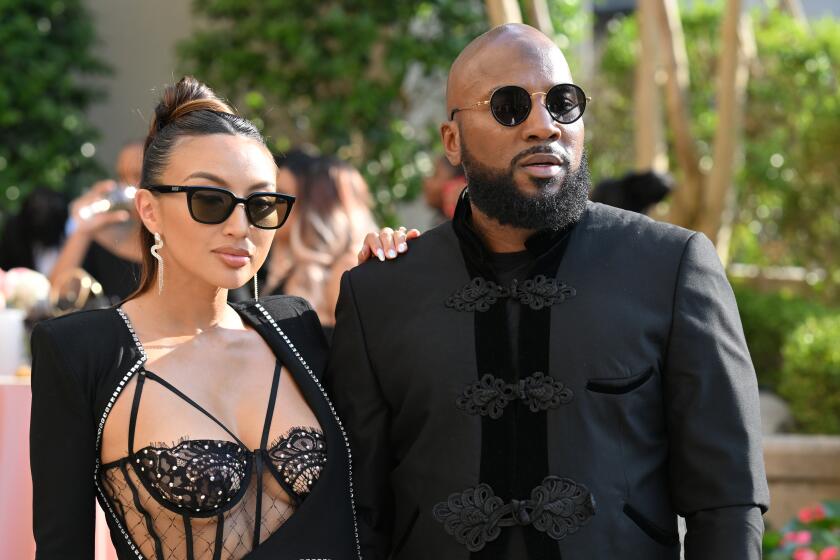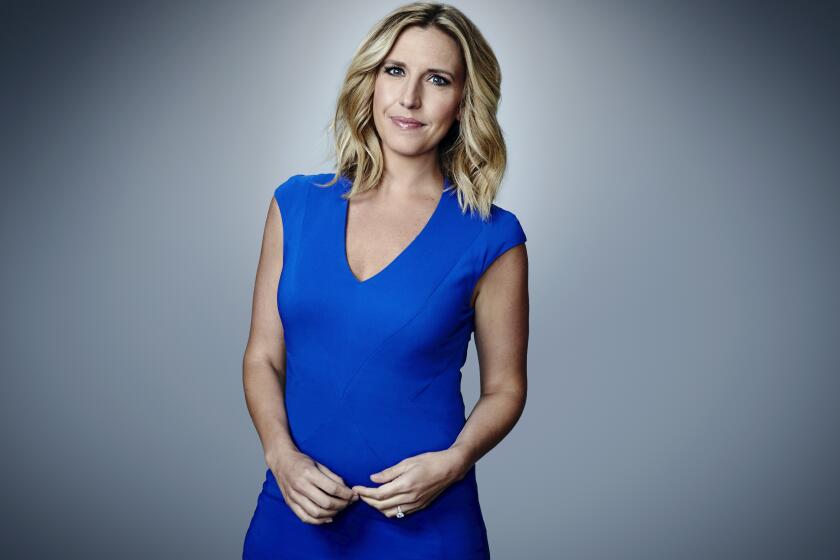They’re educational -- really
I am not worried about torpedoing my older son’s IQ because I’ve given him my old comic books. As Gina Misiroglu’s “The Superhero Book” and Mike Conroy’s “500 Comic Book Villains” will reassure any parent fearful of corrupting a young mind, comic books have long been as much of a feast for budding imaginations as the realms of Narnia and Middle-earth.
Both books attest to the odd mix of culture that makes comics educational in fun, bizarre ways. Where else can you find Thor, the Norse god of thunder, spouting Elizabethan English (“I say thee nay, I say thee never!”) or the Atlantean prince Namor, known as the Sub-mariner, shouting “Imperius Rex!” as he slams his fist into a warship? Maybe these are good preparation for Shakespeare and high school Latin after all.
Of course, that doesn’t mean parents shouldn’t exercise a little discretion. My stash seems infinitely safer for young minds than some of the heroes -- antiheroes, really -- out there today. Favorites of mine like Daredevil and Captain America wouldn’t be seen in the same superhero locker room with more recent brooding, demonic characters like Hellboy or Spawn.
Comics have come a long way since Jerry Siegel and Joe Shuster invented Superman in the 1930s. There are still plenty of them out there for kids, but many comic book creators are confronting difficult societal issues like HIV, mental illness and child abuse in works clearly aimed at mature readers. Like playwrights and novelists, Misiroglu writes, comics creators want to present “multidimensional characters that clearly reflect the dreams and fears of modern society.”
“The Superhero Book” also suggests that, when comics industry profits flattened in the 1980s, the search for new audiences led to adult readers, hence more sophisticated story lines. Today, for instance, Batman is a disillusioned crime fighter who gave up the business but has been called back to face creepy foes in a seedy Gotham City that seems located on the outskirts of hell.
And in making the Dark Knight a loner (as he was in his earliest appearances in Detective Comics), storytellers like Jeph Loeb and Tim Sale have distanced him from the silly 1960s TV show and from old charges, noted in the book, that he and Robin the Boy Wonder were an alternative couple “flaunting a gay lifestyle.”
“The Superhero Book” offers historical overviews of how comics developed during the 20th century as well as how they have influenced the movies. Conroy’s is a straightforward, wonderful rogue’s gallery of some of the best villains -- cosmic entities like Darkseid, who seeks galactic domination, and familiar antagonists like Lex Luthor, who blames Superman for his baldness. Both books are replete with splendid color panels showing why the illustrators staffing DC, Marvel, Image, Dark Horse and other labels deserve to be called artists. *
More to Read
The biggest entertainment stories
Get our big stories about Hollywood, film, television, music, arts, culture and more right in your inbox as soon as they publish.
You may occasionally receive promotional content from the Los Angeles Times.






